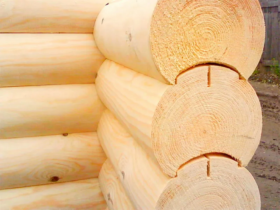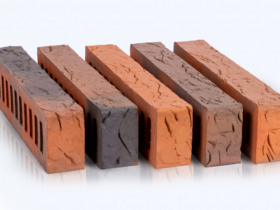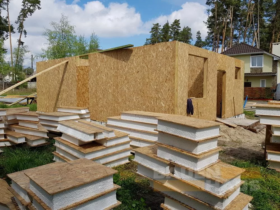Why do you need a substrate for a laminate, a linoleum substrate and what is its functionality?
Imagine if the laminate was just put on a concrete floor? The tiles would not lie evenly and made a noise at every step, knocking on the black floor (screed). In addition, the cold comes from the screed, as a rule, concrete. That’s why you can’t do without a substrate when installing a flooring.
This auxiliary material has important properties:
provides good heat and sound insulation;
levels the surface on which the flooring is laid;
increases the life of flooring several times.
Basically, the following types of substrates are used for finishing work:
Foamed isolon. The most common and inexpensive material. Resistant to moisture, is not afraid of mold, is unlucky in styling, absorbs sounds. But under a large load it crushes and loses volume, so it is not suitable for heavy flooring weights.
Foamed polystyrene. On the one hand, sometimes covered with foil for additional protection against water. Such a substrate is good for use on a concrete screed with high humidity. Happens in rolled and leaf form.
Camping substrate. Highly ecological material with good sound and thermal insulation properties. Is not subjected to deformation during use, suitable for all types of flooring, including as a substrate for a warm floor.
At the end of the installation of the flooring, the final stage occurs – the decoration of the premises with a skirting board. The floor skirting board is a decorative bar or rail that hides the gaps between two surfaces (floor and wall). In addition, electric and antenna wires are removed under it, which gives the room a more aesthetic look.
The most common type of such finishing strips is plastic skirting board. It has a smooth surface, many options for colors, resistant to moisture and chemicals and is very democratic at a price. Wooden skirting board is mainly used for laminate and parquet.
To connect the skirting boards, special parts are used to each other – the angle for the skirting board is the internal and the angle for the skirting board of the external (respectively, for internal and external joints in the corners of the room).









